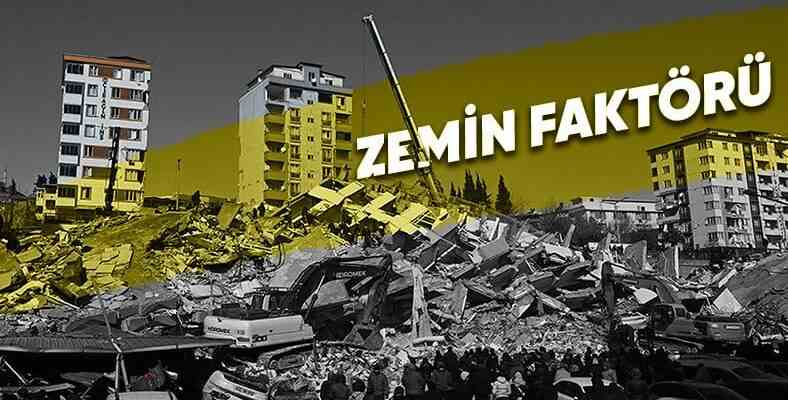We blame… For days we blame everyone and everything that comes our way. Maybe we should blame too, because obviously we don’t learn much from our mistakes. We erect huge buildings on the wrong ground and put people in them.
Kahramanmaraş, Gaziantep, Kilis, Şanlıurfa, Diyarbakır, Adana, Adıyaman, Osmaniye, Elazığ, Malatya and Hatay were greatly affected by the earthquake. thousands of our people your life is lost. We do not know when a new great earthquake will knock on our door.
We must see our mistakes as soon as possible and correct them as soon as possible. Chief among these wrong buildings on wrong ground is coming. However, the soil factor is an important factor that can change the damage caused by an earthquake.
Just for this reason, earthquakes may not be felt in the same way everywhere.
We even saw an example of this recently. After the earthquake, the epicenter of which was Kahramanmaraş, seismologist Prof. Eşref Yalçınkaya, recorded in Hatay He shared the recordings of the concussion. As you can see above, the tremor recorded in the Yayladağ district of Hatay is quite low compared to other provinces.
One of the situations that can cause this is the ground.
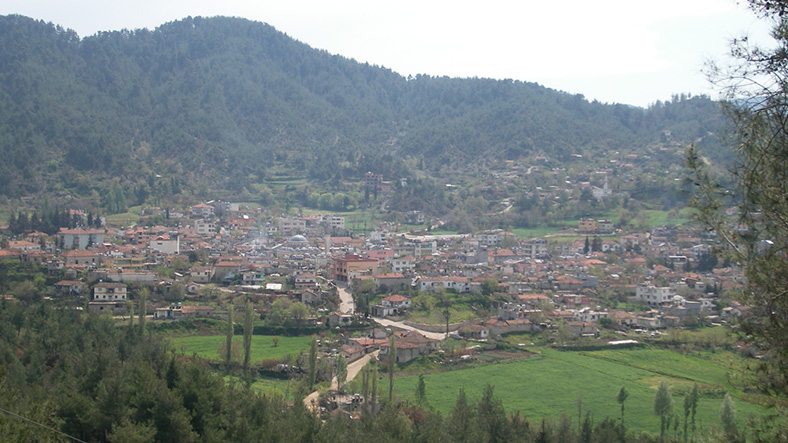
Before the earthquake, Hatay/Yayladağ.
Hatay’s Yayladag district compared to other counties quite mountainous in one position. For this reason, it is not difficult to guess that the foundations of the buildings built here have a very hard structure.
Many of us can ignore the ground survey when looking for a house for rent or sale. However, as much as the material and project of the building built on it. suitability for the ground on which it is built also important. Buildings should be built in harmony with the ground on which they are built. Otherwise, the building It will literally slide over the floor.
How Does? Let’s explain with an example:
Before building a house, the ground is stony, sandy or filled; It significantly affects how much the building shakes during an earthquake. Let’s explain it like this: On a bed base a thin water bed you put and Imagine someone kicking the bed base. You experience a big jolt, you sway at the slightest blow.
Again, imagine someone hitting the base, but this time with a relatively firm mattress on the base. You will feel less damage this time. Because between you and the blow you took, materials that are hard and soften the impact you can take has entered.
The floors of our houses have the same effect in an earthquake.
https://www.youtube.com/watch?v=7nADYVyyC84
The softer the sediments in the foundation of the building, the more seismic waves so big waves it causes. Likewise, the thicker the ground, the deeper the layer (such as a rocky layer) created by seismic waves on the surface. the lower the effect.
So to summarize, the softer and thicker the floor on which a building is built, the less the building’s resistance to earthquakes will be. Especially the houses on the coastline. ‘flimsy’ This is why it is seen as
Many places on the coast of our country were built by filling the sea.
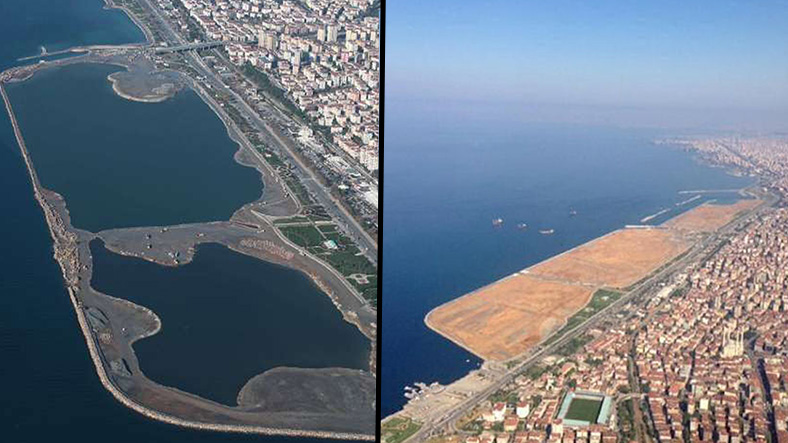
Istanbul, Yenikapi rally area.
Take a look at this old photo of Izmir. The Clock Tower, which is now meters away from the sea, was almost at the seaside in those days. Although there are many factors, one of the places where liquefaction is most common is the filled areas with soft ground. In other words, a possible earthquake in these regions it feels much more intense. After that minute, the building’s ability to withstand depends on the magnitude of the earthquake and the structure of the building.
At the same time, liquefaction has great risks as it will increase the risk of erosion in a possible earthquake. Well constructing high-rise buildings without considering the ground survey, causing problem after problem. You will say “Although Dubai is almost a desert, how are the very tall buildings there not destroyed in an earthquake?
High-rise buildings such as Burj Khalifa are made by fixing to the hardest part of the ground.
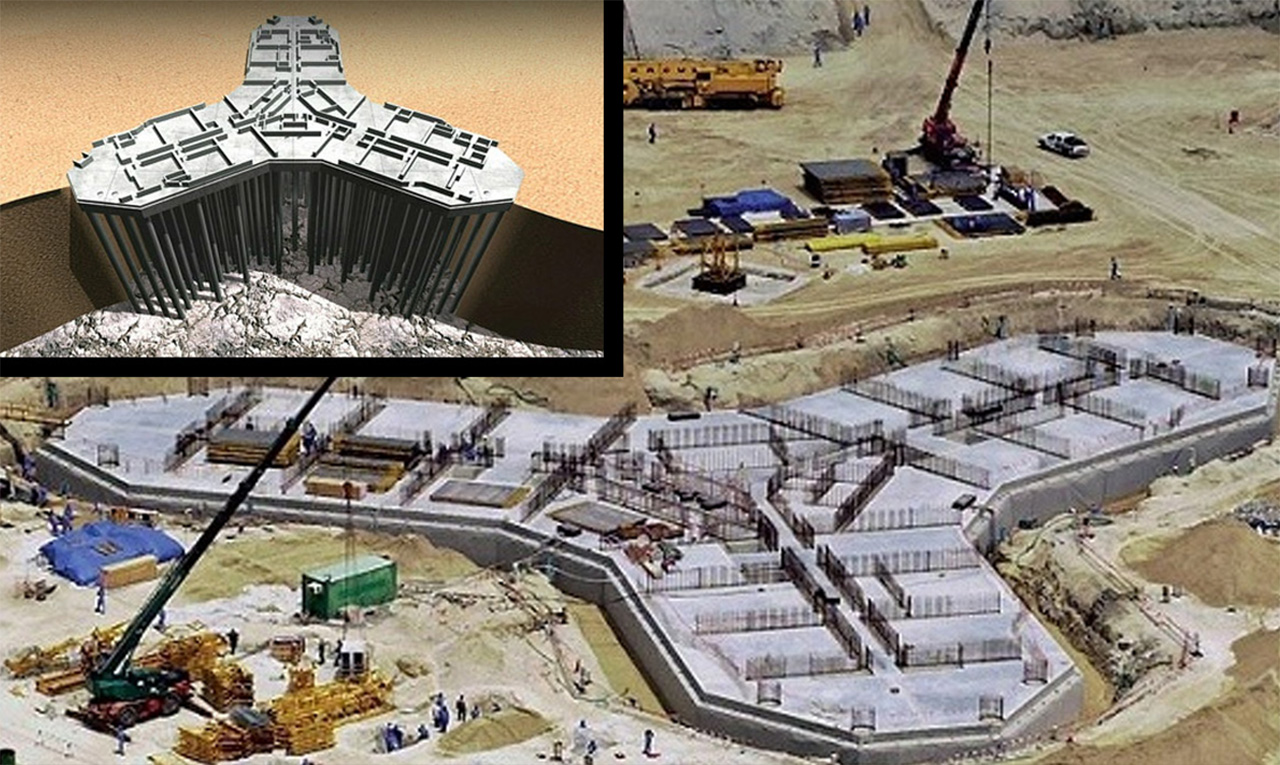
As you can see in the diagram above, the durable irons that are lowered from the soft part of the floor are lowered and fixed on the hard part of the floor. Civil Engineer Hasan Mor, in cases such as the risk of liquefaction in the ground and the height of groundwater, soil survey and geotechnical calculations are made. ‘pile foundations’ or ‘driven pile foundation systems’ states that it has been applied.
Almost fastening the building to a solid layer with stakes This method allows building hundreds of storeys, even in deserts. Mor also underlines that the soil factor is as much a determining factor as the building systems in earthquakes.
For those who are curious, here is our content, where we also explain the construction stages of the Burj Khalifa:
RELATED NEWS
How The World’s Tallest Building, Burj Khalifa, Was Built in the Middle of ‘A Sea of Sand’?
So this system does not exist in Turkey?
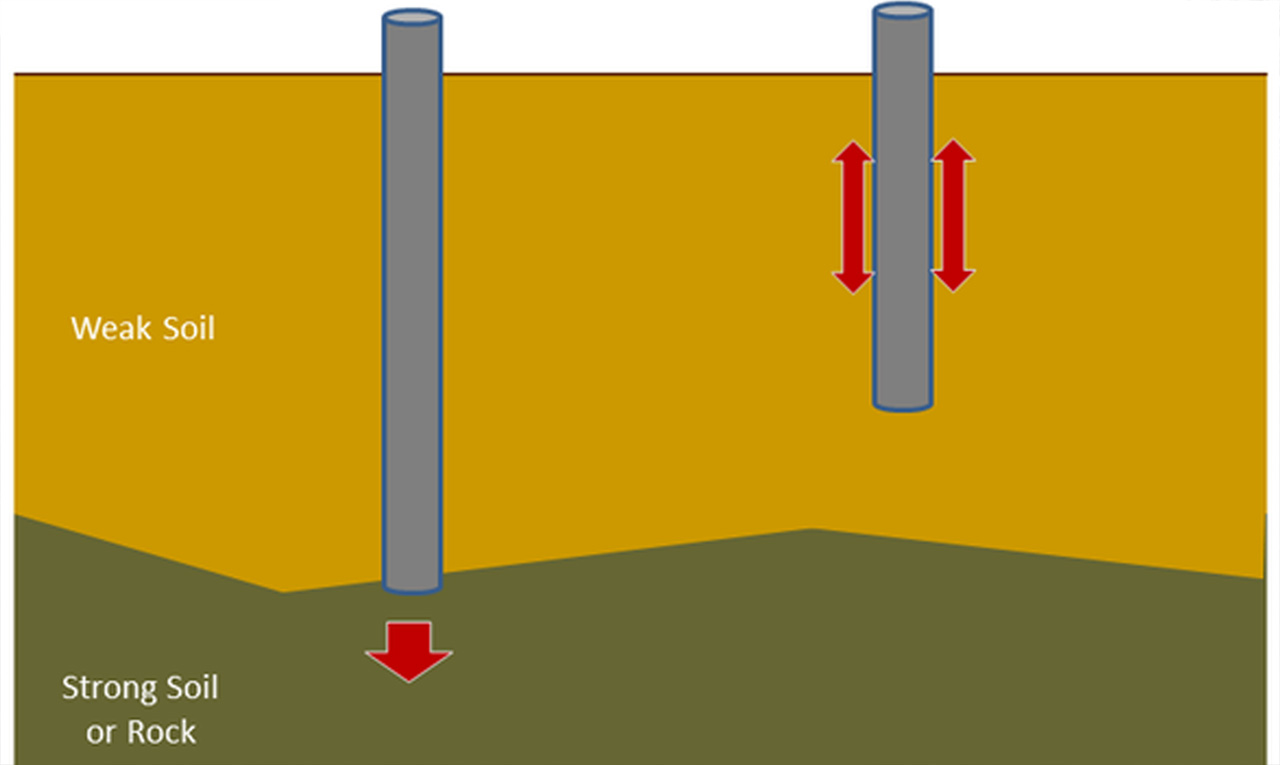
There is, of course there is. Civil Engineer Hasan Mor, Similar systems are also used in our country. stated. However, according to Mor, the problem is that; These systems can only be called skyscrapers due to their cost. used in tall buildings. Because these structures are more likely to be thrown and shaken.
However, later filled by human hands; densely populated areas, including coastlines, near swamps, and areas with less vegetation In many places these systems are not used. For this reason, in the event of an earthquake, these buildings experience the earthquake much more severely and unfortunately the consequences are much more severe.
Editor Note:
You can’t point out a single culprit when you have a major event. Especially if we have experienced such a big event, we are all guilty. Science said, we knew. We knew people had liquefaction under their homes. An earthquake was expected, we knew it. Nobody says “Stop!” He did not say, the foundations of those houses were laid. Nobody says “Stop!” He did not say, the construction of those houses is finished. Nobody says “Stop!” He did not say, those houses became graves for many people.
Of course, ground survey is not the only thing that determines whether a building will collapse or not. However, it is for all of us to learn from our mistakes before new buildings are built. vital is important. Because obviously our mistakes fundamentally is coming.
To take a ‘remote’ look at another earthquake technology:
RELATED NEWS
